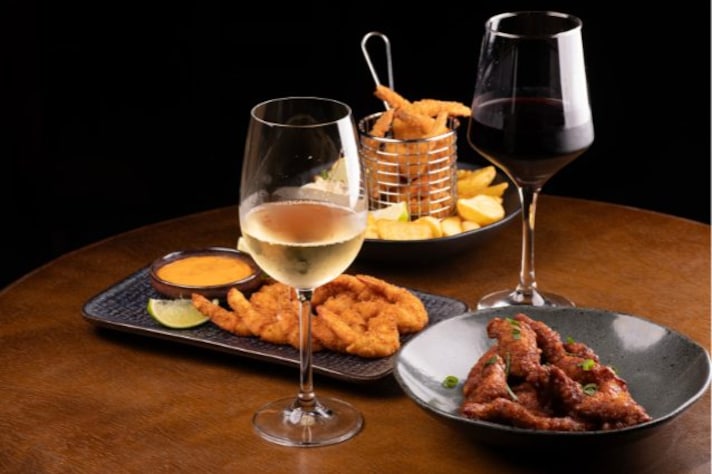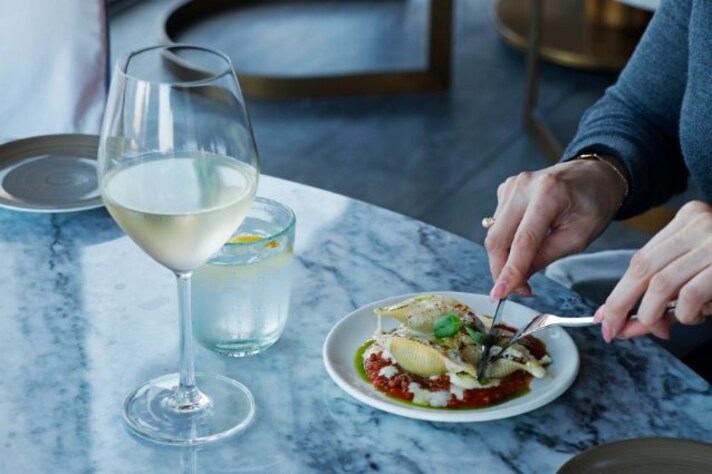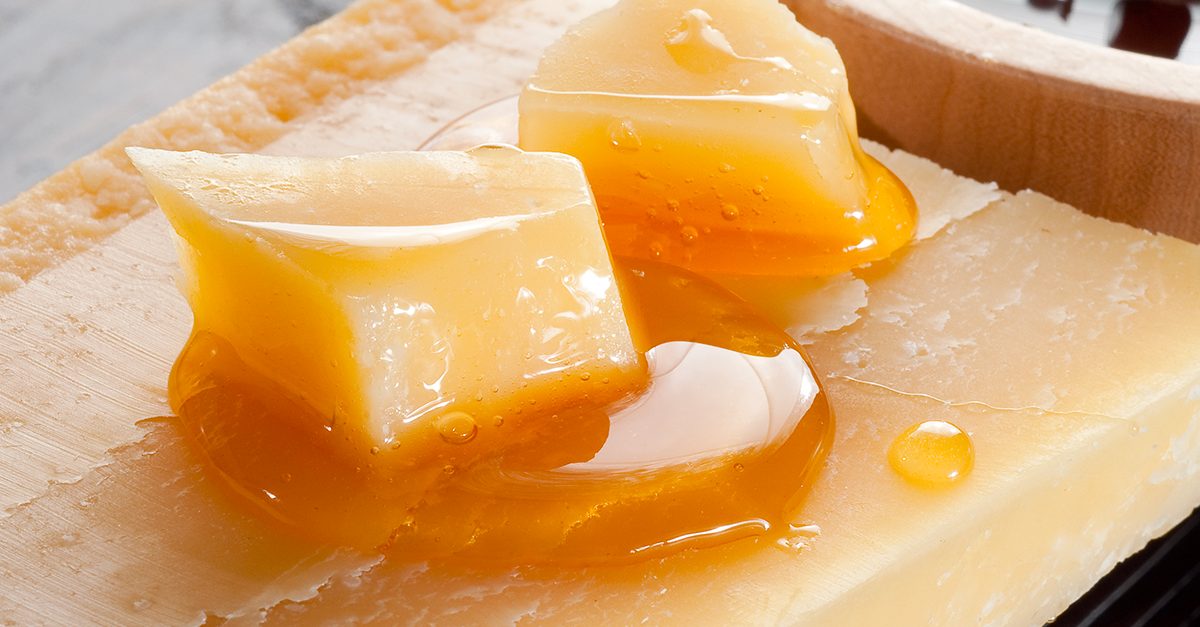How to Perfectly Pair Wine with Your Meals
Wine pairing is an art that enhances both the wine and the food it accompanies. Let's explore the fundamentals of wine pairing, from flavor profiles to matching wines with specific dishes. Whether you're enjoying a light salad or a rich steak, these tips will help you choose the perfect wine to elevate your dining experience.

Wine pairing is more than just matching a red wine with meat or a white wine with fish. It's about understanding how the flavors, acidity, sweetness, and body of a wine interact with the food on your plate. The goal is to create a balance where neither the wine nor the food overpowers the other, but rather, they complement and enhance each other.
The Basics of Wine Pairing
For the optimum drinking experience, consider the following factors:
- Pair wines and dishes that have similar flavors. For instance, a citrusy Sauvignon Blanc pairs well with a lemony chicken dish, as the flavors mirror each other and create harmony.
- Sometimes, contrasting flavors work wonders. A sweet wine like Riesling can balance out the heat of a spicy dish, offering a refreshing contrast.
- Wines with higher acidity can cut through rich, fatty foods, cleansing your palate and preparing it for the next bite. A crisp Chardonnay pairs beautifully with creamy dishes for this reason.

Matching Wine with Specific Foods
When it comes to specific pairings, here are some classic matches that are almost always a hit:
Red Meat and Red Wine
Full-bodied red wines like Cabernet Sauvignon or Syrah are perfect for red meats such as steak or lamb. The tannins in the wine help to break down the protein in the meat, enhancing its flavor and texture.
White Wine and Seafood
Light, delicate white wines like Pinot Grigio or Chablis pair well with seafood. The wine's acidity complements the briny, oceanic flavors, making each bite more enjoyable.
Cheese and Wine
The right wine can elevate the flavors of cheese. For example, a creamy Brie pairs well with a fruity Chardonnay, while a sharp Cheddar is best enjoyed with a robust red like Merlot.
Desserts and Sweet Wines
The rule of thumb for dessert pairings is that the wine should be sweeter than the dessert. A rich Port or Moscato pairs wonderfully with chocolate or fruit-based desserts, enhancing their sweetness without overwhelming your palate.

Tips for Successful Wine Pairing
To take your wine pairing skills to the next level, consider these additional tips:
Match the weight of the wine to the weight of the dish. Light wines with lighter dishes (like salads or seafood), and heavier wines with heartier dishes (like steaks or stews). Often, wines and dishes from the same region pair well together. Think of Italian wines like Chianti with pasta, or a French Bordeaux with a rich duck confit. While guidelines are helpful, personal preference plays a significant role in wine pairing. Don’t be afraid to experiment with different combinations to discover what you enjoy most.
;Resize,width=767;)


;Resize,width=712;)
